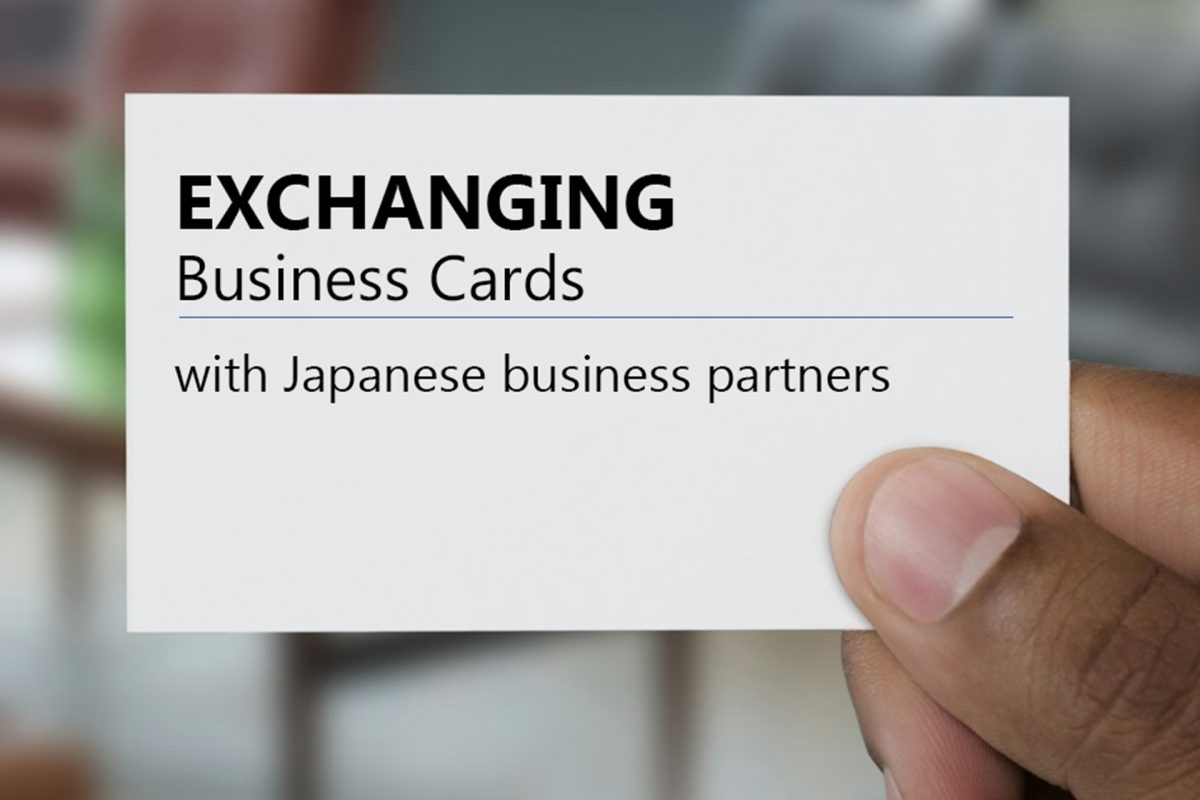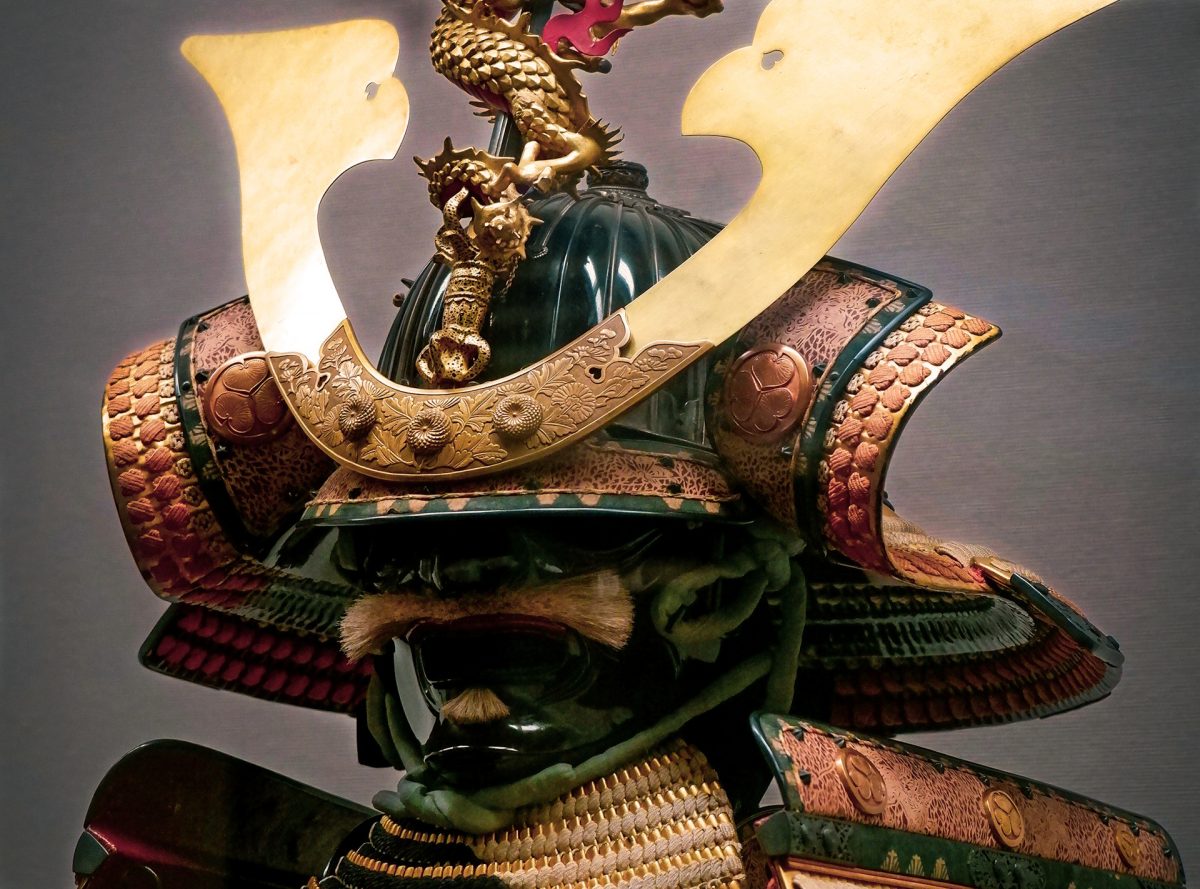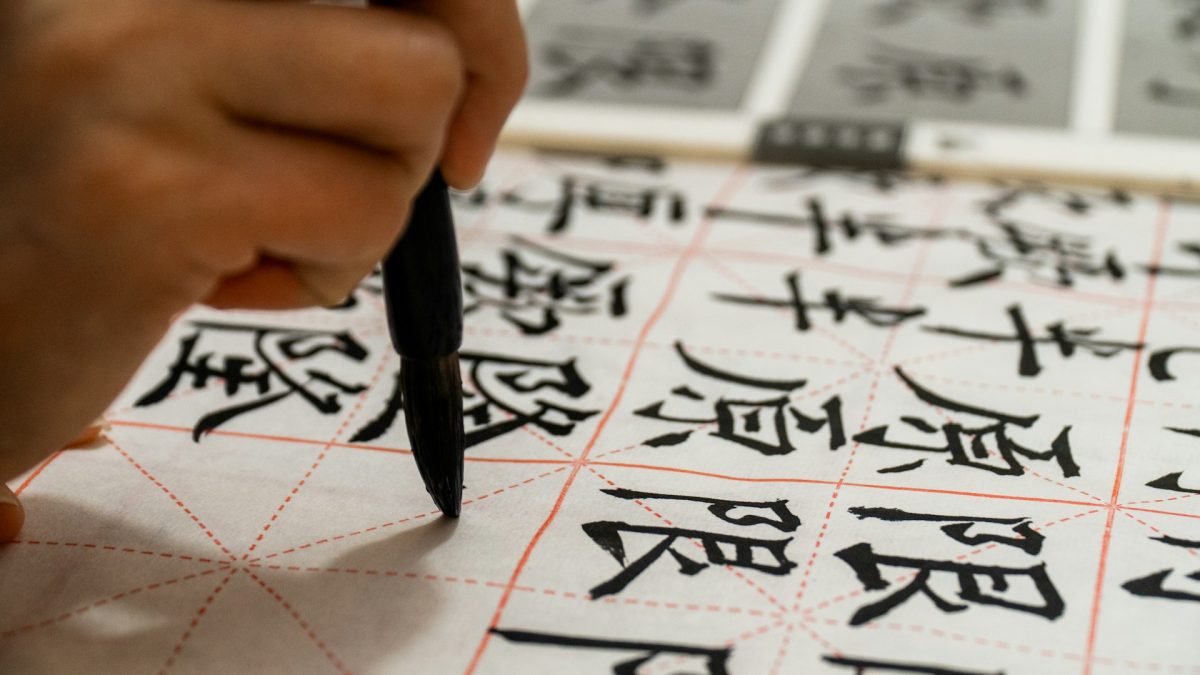
(*Linked or embedded content may have been removed or be unavailable.)
Let’s say you’re about to meet a prospective Japanese business partner. What’s the first thing you do? A handshake? That might work. A more traditional bow? That might work, too. But whether you start things off with a handshake or a bow, the inevitable second step will be an exchange of business cards. We can’t stress this enough. It’s essential. In this post we outline why it’s important, not only culturally, but pragmatically, as a way to connect with a Japanese businessperson, even in the 21st century.
Exchange business cards. Easy enough, right? Well, there’s a protocol associated with how to give and receive business cards, which typically goes like this: Hold your card out with both hands (important!), and as the person in front of you does the same thing, offer your card using your right hand while receiving your counterpart’s card with your left hand. While you’re doing this, make sure you’re offering your own card at a lower elevation than someone who is of higher rank than you or is a client and is therefore superior to you by definition. Never put the other party’s business directly into your pocket without studying it first, and ideally put it away in a card case or place it on the table in front of you when you sit down.
Japanese students are actually taught how to do this before graduating, along with interview skills and resume writing. Exchanging business cards is that important of a skill when entering the workforce or otherwise doing business in Japan.
The good news for foreigners is that they’re generally given some slack even if they don’t strictly observe the rules of engagement. But if you try, you might leave the Japanese side with a positive impression for making the effort, even if every step isn’t picture perfect. Making and leaving a good impression is always good for business.
Contents
Paper cards remain culturally relevant in the 21st century
Business cards (名刺 meishi) are an important part of Japanese business culture, but it has roots that go all the back to 7th century China where noblemen exchanged small wooden plaques bearing their names and titles. And as you might expect with something that has roots in China, business cards are a staple for business throughout the region.
But paper cards? Seriously? In the digital age we now live in? Well, yes. Some variations are appearing in Asia, such as the way some people exchange contact information using the WeChat app in China, but the overwhelming majority of business throughout Asia hinges on these paper cards. In Japan, the digital age is rising to the challenge of paper, through services like Sansan and myBridge that enable online digital management of scanned business cards, as well as CRM tools that support meishi data. If you’re a foreign entity seeking entry into the Japanese market (or just about any other Asian market for that matter), exchanging business cards is a must. Not providing a business card in the East is as bad as refusing to shake hands in a Western business setting.
Needless to say, the initial exchange of business cards before a business meeting lets everybody quickly understand who they’re dealing with, but it’s also a ritual that prepares everybody for what’s ahead. Psychologically you might even equate it to the singing of the national anthem before a ball game, or the New Zealand team doing their traditional haka before a rugby match—it’s an important part of getting ready.
Pro tip: For the best results, consider having English on one side of your business card and Japanese on the other side so your business partner will know how to pronounce your name. And if you’re translating your card for business in the Chinese-speaking world, remember to use Simplified Chinese characters for mainland China and Singapore, and Traditional Chinese characters for Hong Kong and Taiwan.
Business cards are an important source of information
Receiving a business card from a Japanese party is like getting your figurative foot in the door. It’s essentially your key to being able to contact that person in the future. His or her name, position, and contact information such as phone number, email, and fax number (yes, they’re still a thing in Japan) will be right there.
In the Japanese business scene, it’s important to understand the position of the people you’re dealing with in terms of their corporate hierarchy, so business cards are a handy way of letting you know if they are 係長 (kakarichō; section chief, supervisor), 課長 (kachō; manager), 部長 (buchō; department head), 本部長 (honbuchō; general manager); 取締役 (torishimariyaku; director), 常務取締役 (jōmutorishimariyaku; managing director), 専務取締役 (senmutorishimariyaku; senior managing director), 社長 (shachō; president, CEO), 会長 (kaichō; chairman), or something else.
The cards are “proof” of legitimacy and allow both parties to quickly understand the position of the other and the organization they represent. If you’re dealing with a group of people, you may notice differences in their cards that show they belong to different divisions, departments, sections, or may even belong to different companies—perhaps a subsidiary or a subcontractor. Details like this can shed light on the power dynamic in the room. If you have the cards laid out in front of you during the meeting, try not to place a higher-ranking person’s card in a lower position.
The tricky thing about Japanese names
When you receive the card, hopefully it will be bilingual with Japanese on one side and English on the other. Why? Because with a Japanese-only card, you may never be able to guess how the name is pronounced. Even the same kanji character combinations can be pronounced many different ways. 京子 can be read Kyōko or Atsuko, 友香 can be read Tomoka or Yūka, 宏司 can be read Hiroshi or Kōji, 隼 can be read Shun or Hayato, and so on. Having the name alphabetized will help you know how to read it.
As if Japanese names weren’t already tricky enough, there is a phenomenon called “kirakira (sparkling) names” that appeared during the 1990s onward. Even Japanese people find some of these names impossible to read. Examples of this would include 紅葉 (Kōyō; red leaves) read as Meipuru (Maple), 翔馬 (Shōma; flying horse) read as Pegasasu (Pegasus), or the single character 男 (Otoko; man) read as Adamu (Adam). As you can see, these types of names ignore the usual reading of the characters and rely more on an implied meaning that the reader may or may not successfully infer.
If you do have the misfortune of receiving a Japanese-only card, try not to write anything directly onto it as that’s considered to be rude. But if the card wasn’t handed to you in person, such as the business cards you can take away freely at some restaurants and hotels, you can write on those without worry.
Name-guessing hack: Aside from business cards, let’s say a Japanese person enters their name on a contact form using kanji characters that you can’t read. You could paste the name into Google translate and see what it tells you. But what if there’s more than one possible reading? Take a look at the email address they supplied. If the address for [長谷川 友香] is t.hasegawa@ that “t” tells you it’s probably Tomoka and not Yūka. In this way, email addresses can offer hints into a person’s name that might not otherwise be available.
~~~
In closing, let’s circle back to the issue of whether to bow or shake hands before a business card exchange. The main rule here is to not embarrass the other party. Some web articles out there insist that you bow. But not all Japanese businesspeople are the same; some might be well-traveled and comfortable in an international business setting, while others may be meeting a foreigner up-close for the first time.
So, the safest thing to do here is to follow the other party’s lead. If they approach you with hand extended, then by all means, shake it. If they bow, bow back. What you really want to avoid is doing something the other side is uncomfortable with or can be taken as disrespectful. And remember, even if everything isn’t done perfectly, the world isn’t ending. Maintaining a positive attitude through the meeting will help associate your name with a good feeling going forward.






